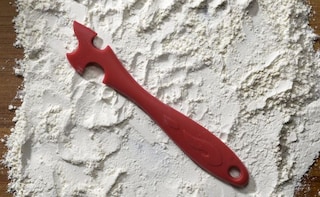A plastic handle allows cooks to move oven racks safely. Washington Post photo by Bill O'Leary
Advertisement
Advertisement
Advertisement
Advertisement
For the latest food news, health tips and recipes, like us on Facebook or follow us on Twitter and YouTube.
Advertisement
